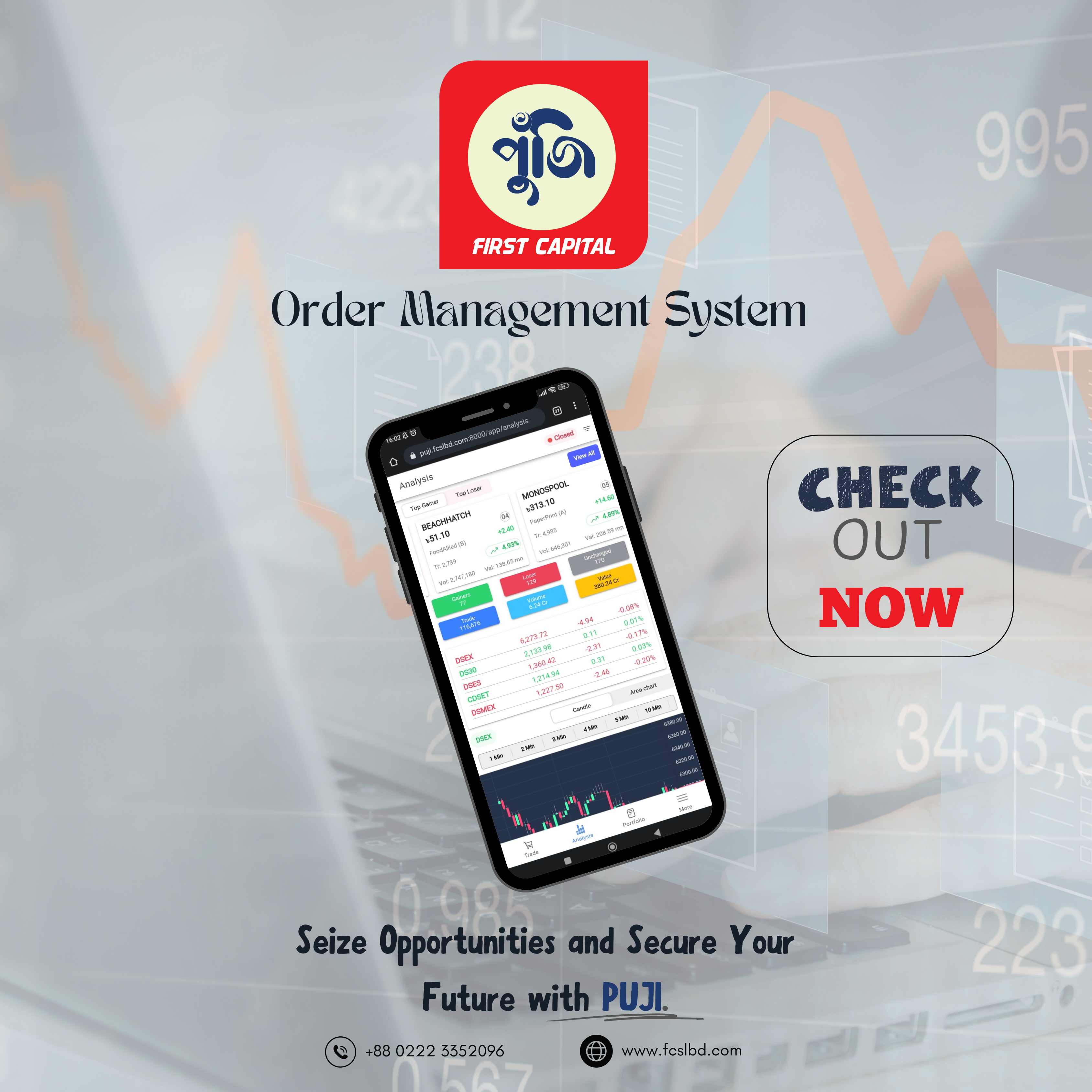Economists believe that the economic impact of Eid-ul-Azha in Bangladesh has surpassed Tk100,000 crore.
During this time, remittance inflows also increase significantly, and the production of sacrificial cows is primarily rural-centered. As a result, Eid-ul-Azha plays a crucial role in invigorating the rural economy.
Md Nurul Islam brought 27 cows from Kalukhali in Rajbari to the Gabtoli cattle market in Dhaka. He was accompanied by four others, and they engage in cattle trading specifically for Eid-ul-Azha. They buy the cows six to seven months in advance, rear them, and sell them now.
Nurul said: “Many people in our area engage in cattle trading for Eid like I do. Many households also raise two to three cows to sell at the Eid market. This is a major source of income for us throughout the year. Buying several cows for Tk100,000 and selling them after six months leaves us with a profit of Tk25-30 thousand per cow after all expenses.”
How the rural economy is boosted
Riazul Islam from Kushtia has a small farm of his own. He brought 20 cows from his farm to the market in Hazaribagh, Dhaka. He has already sold 13 of them, with prices ranging from Tk1 lakh to Tk1.8 lakh each.
Riazul said: “Many small farms have sprung up in our area. These farms primarily rear cattle for Eid-ul-Azha. The financial condition of many families has improved.”
Md Anisur Rahman brought three cows from Faridpur. He raised these cows specifically for sale during Eid-ul-Azha.
He said: “Many people, like me, now rear cows to cover various expenses such as children’s weddings, education, or house repairs. There is less profit in goats, so interest in cows is increasing.”
It is estimated that 12 million cows, goats, and sheep are sacrificed this year.
Md Imran Hossain, president of the Bangladesh Dairy Association and owner of Sadeq Agro, said: “There are 1.7 million small and large farms at different levels in the country, with 1.2 million being marginal farmers. About 10 million people are involved. This plays a significant role in the rural economy.”
He said: “Out of the annual demand for 12 million cows, 5-5.5 million are needed during Eid-ul-Azha. Thus, the economy becomes more vibrant during this time. Transactions worth Tk75,000 crore take place during Eid, with Tk60,000 crore being related to livestock.”
He added: “Even during the Covid-19 pandemic in 2021, the lockdown was lifted before Eid-ul-Azha, considering the economic impact of the festival.”
Almost like fixed deposits
AHM Shafiquzzaman, director general of the Directorate of National Consumer Rights Protection, said: “Considering various factors, the economic scale of Eid-ul-Azha has now exceeded Tk100,000 crore. The Tk75,000 crore estimate is based on old data from Bangladesh Bank. Besides livestock, many other factors are now involved. There’s the spice market, earnings of butchers, and the business of animal feed. People also buy new clothes, albeit less frequently.”
He said: “The most significant aspect is that sacrificial animals at the grassroots level have now become almost like fixed deposits. Households and small farmers rear four to five cows and sell them in the Eid market. This generates substantial annual income, invigorating the rural economy.”
He added: “The quality of cattle, including cows, is good because they are reared with care.”
Boost in economy
Dr Muid Rahman, a professor in the Department of Economics at Islamic University, has conducted research on the Eid economy.
He said: “In my estimation, the economic scale of Eid-ul-Adha is now no less than Tk100,000 crore. Festivals, including Eid, invigorate Bangladesh’s economy. But the specialty of Eid-ul-Azha is that it boosts the rural economy.”
He said: “Remittance inflows also increase during this period. About 50% of our leather industry’s raw materials are collected during this time. Nearly 100% of quality leather is obtained now.”
Shaheen Ahmed, president of the Bangladesh Tannery Association, said that about 7.5 million pieces of rawhide might be collected during this Eid-ul-Azha.
He said: “Last year, 8.5 million pieces of rawhide were collected during Eid-ul-Azha. Due to economic reasons, the number of sacrifices may be lower this year. Leather and leather goods exports from Bangladesh have exceeded $1 billion. The annual export of leather and leather goods is $1.3 billion.”
Dr Muid Rahman said: “Even parts like cow intestines are now exported abroad. Annually, products worth about Tk350 crore are exported.”
Increase in remittance inflows
Remittance inflows have increased ahead of Eid-ul-Azha. In the first 12 days of June, remittances worth $1.46 billion came through banking channels. More is expected before Eid. In May, $2.25 billion were remitted, the highest in 46 months.
Commerce Minister Ahsanul Islam Titu said: “Our economy becomes vibrant during the two Eids and Pohela Boishakh. A significant reason is the increased money transactions. During Eid-ul-Azha, cows boost the money supply in our domestic economy. Livestock from villages come to the cities, and money from cities goes to the villages, boosting the rural economy. Another factor is the increase in remittance inflows, impacting remote areas of the country, enhancing people’s purchasing power.”
The minister added: “In the budget, money flows from the centre to the villages. Here, it’s the opposite. Remittances from villagers flow to the centre.”




